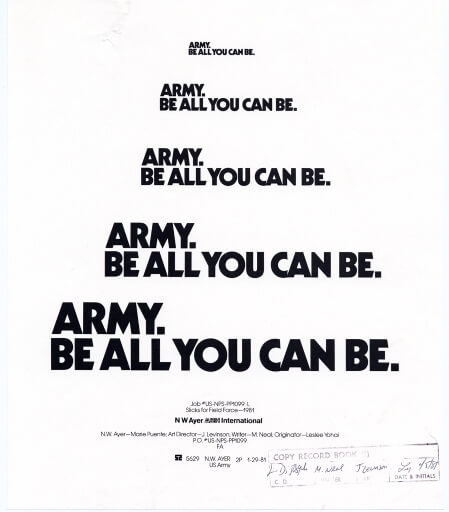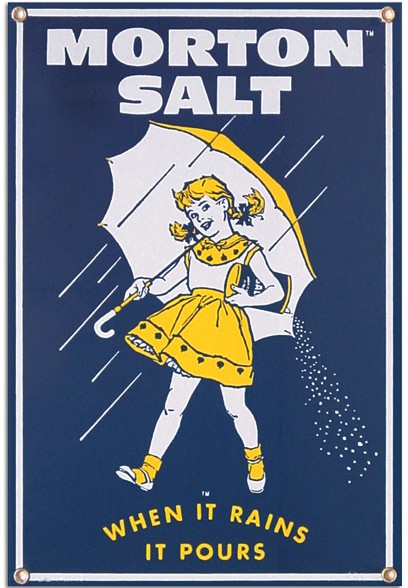Agencies: Then and Now
Advertising has been a cornerstone of business strategy since newspapers and magazines were the only way news was distributed (think, mid-1700s). The first paid advertisement was featured in a French newspaper around that time, and the telegraph was even used as the first form of spam to send out mass messages to the public.
Once technology caught up, ads became popular on all platforms: from billboards along interstates where newly invented cars started driving, to radio and television and finally, the internet.
Enter: Agencies
With advertising came the rise of the advertising agency – at least the early outlines of one. Individuals began buying mass amounts of newspaper advertising space and selling it to businesses with a markup. In this early form, the business would do all the creative work themselves, leaving the agent with the sole task of placing the ad.
The first agency to begin working in America was founded by Volney B. Palmer in 1840, although agencies were forming throughout Europe as early as 1786. Like his predecessors, Palmer was merely placing ads, leaving the creative to clients. The first version of the modern-day advertising agency appeared in New York by the name of N.W. Ayer & Son. This agency expanded services to include planning, creative, and executing complete campaigns for its clients. Recognize some of these ads that came out of N.W. Ayer?


Mad Men advertising era
According to Della Femina, an ad executive who has been in the business for well over 50 years, Mad Men is no myth, “If anything, it’s underplayed.”
While some of today’s agencies boast a bar in the office or a kegerator in the kitchen, these drinking activities don’t hold a candle to the amount of alcohol that was consumed during the “Mad Men” era of the advertising world. Paired with chain smoking in the office and loose morals, it’s hard to fathom how these execs got anything done! But they did, and they transformed advertising as they knew it.
Agencies became necessary brand partners for any business that wanted to be heard. They started developing marketing strategy, brainstorming ideas, producing ads, interacting with the media and more. In this era, brands tended to stretch the truth a bit to entice customers. (Sort of fits in with the loose morals, doesn’t it?)
Technology breakthroughs
Although Gen Z is growing up as the first generation to have never lived without the internet, there are still plenty of baby boomers who remember the first television to grace their living room. Radio ads were popular, but with TV, a whole new strategic approach was necessary, and it had to be visual. Commercials needed to tell a story and appeal to listeners and watchers in a way that went beyond the static magazine ad.
Not long after the TV came cable TV, the internet and then social media. A global world with instant connections has formed, and as technology evolves, so must brands and their approach to advertising.
Agencies today
Many companies have taken their marketing and advertising internal, but the traditional advertising agency still stands as an expert in the market. Whether it’s complete brand control or à la carte services, an agency is useful to companies and organizations on multiple levels.
Nonprofit organizations who can’t afford a full-time marketing staff can find value in partnering with an agency, while bigger brands and corporations often employ agencies for their outside perspective on the company and extensive media connections.
So, while today’s agency isn’t quite as glamorous as Mad Men portrays, they are still a staple in today’s advertising landscape (and they still have some fun in the office).
Want to learn more about today’s agency life? Stop by this week’s BizMix to tour the Plaid Swan offices and take part in an agency experience unlike any other!

